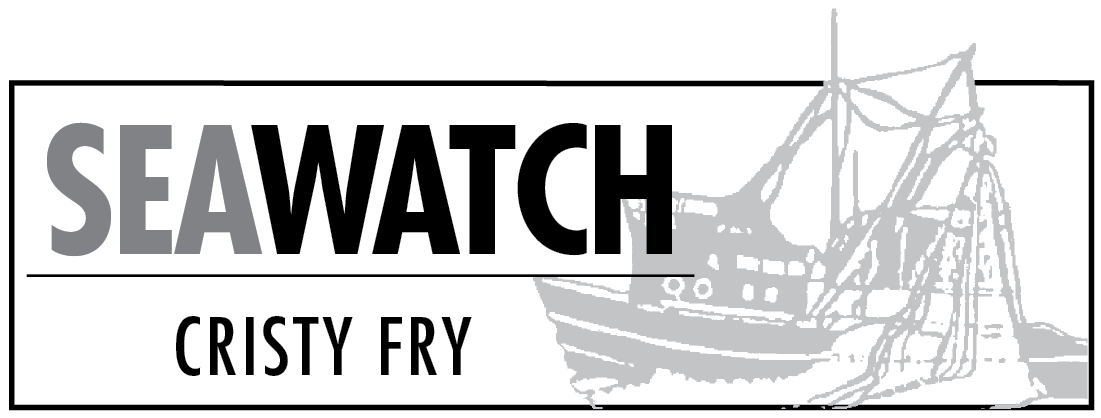Alaska Department of Fish and Game biologists are predicting a fairly robust commercial harvest of around 4.1 million sockeye salmon in Upper Cook Inlet next season, 1.1 million over the most recent 20-year average.
It is nearly 60 percent lower than the historical high harvest of 9.5 million sockeye in 1987, but certainly a marked improvement from the historical low of 497,185 sockeye in 1974.
The total run is predicted to be 7.1 million sockeye, with escapements at 1.8 million system-wide and other harvests of sport, personal use and subsistence catches expected to total 1.2 million fish.
As always, the Kenai River is expected to produce the most sockeye, with biologists expecting 4.7 million to come back, 1 million over the 20-year average.
The Kenai run was estimated using a mix of sibling models, which looks at this year’s run to predict the number of brothers and sisters that will come back next year, and smolt data, which counts how many smolt are heading out to sea and how old they are.
Recent years have seen a higher number of smolt staying in fresh water for two years instead of one, partly because of competition for food in the fresh water system caused by breaching the upper end of the escapement goals.
Area management biologist Pat Shields said that for several years they have seen a large number of 6-year-old sockeye come back after spending an extra year in fresh water.
“That was due to a competitive situation in the lake where you have large escapements that were producing a large number of fry,” Shields said.
He said that it has started to change over to a more normal situation percentage-wise, but there is no longer a smolt counting program to help determine how many spend that extra year in fresh water.
“Smolt programs are some of the best data you can have,” he said, “but unfortunately in these times of budget challenges, we have to prioritize what projects we can keep.”
Shields said that pretty much all the commercial fisheries division has left to estimate runs are projects that enumerate adult salmon such as sonar or weirs.
He said they have managed to continue to count the number of fry rearing in Kenai and Skilak lakes using sonar with the staff on hand by piggy-backing on other projects, but it is less precise than counting smolt.
Cristy Fry can be reached at realist468@gmail.com.



